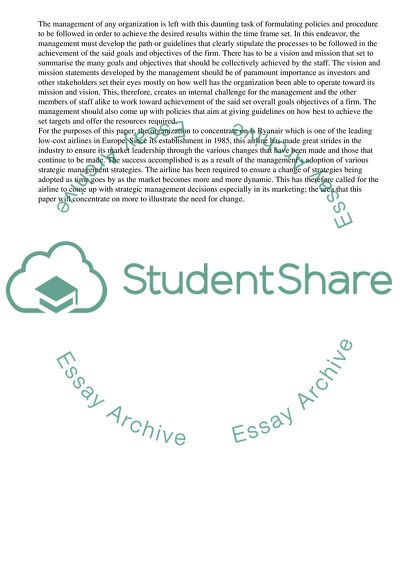Cite this document
(Ryanair's Strategies of Change Case Study Example | Topics and Well Written Essays - 3500 words - 2, n.d.)
Ryanair's Strategies of Change Case Study Example | Topics and Well Written Essays - 3500 words - 2. Retrieved from https://studentshare.org/business/1738208-managing-change
Ryanair's Strategies of Change Case Study Example | Topics and Well Written Essays - 3500 words - 2. Retrieved from https://studentshare.org/business/1738208-managing-change
(Ryanair'S Strategies of Change Case Study Example | Topics and Well Written Essays - 3500 Words - 2)
Ryanair'S Strategies of Change Case Study Example | Topics and Well Written Essays - 3500 Words - 2. https://studentshare.org/business/1738208-managing-change.
Ryanair'S Strategies of Change Case Study Example | Topics and Well Written Essays - 3500 Words - 2. https://studentshare.org/business/1738208-managing-change.
“Ryanair'S Strategies of Change Case Study Example | Topics and Well Written Essays - 3500 Words - 2”, n.d. https://studentshare.org/business/1738208-managing-change.


